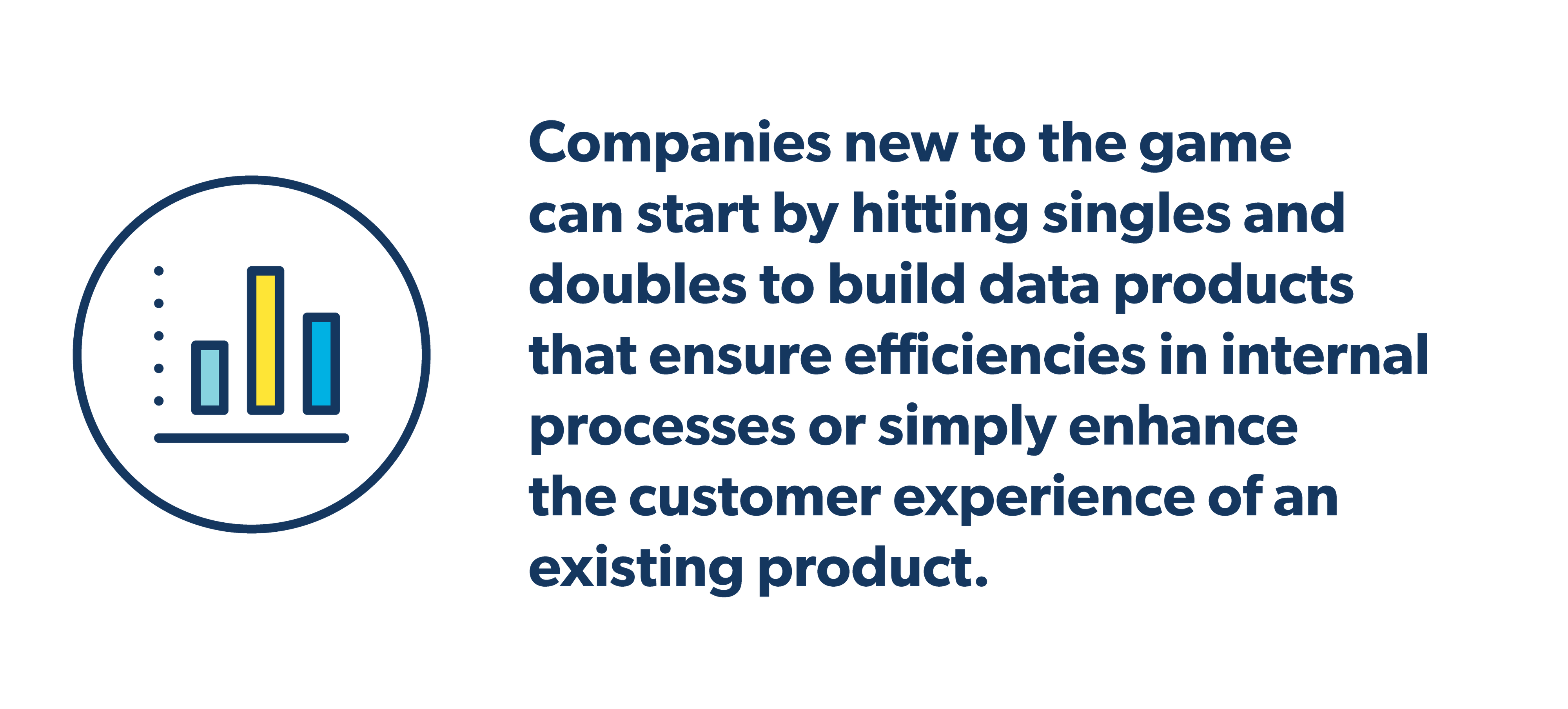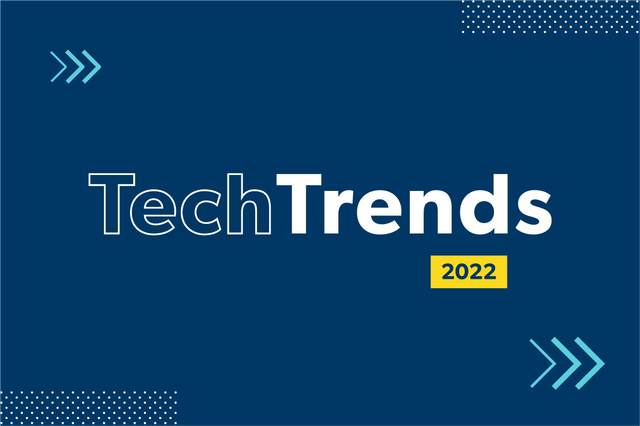Articles February 17, 2022
2022 Trends: Fine-Tuning for Enhanced Performance





- Authors
- Vinnie Schoenfelder, Bree Basham, Brian Bischoff, Ben Harden

Download the 2022 Trends Report
DownloadMore 2022 Tech Trends Insights

Vinnie Schoenfelder
Principal, Strategic Innovation
Vinnie is a Principal at CapTech and plays a large role in helping define services,
forge partnerships, and lead innovation for our clients. As a thought leader, he
regularly helps clients solve their most complex business challenges.

Bree Basham
Principal, Go-to-Market & Growth Strategy
As Principal of CapTech’s Go-to-Market & Growth Strategy, Bree Basham leads our efforts to shape how we bring services, solutions, and stories to market—accelerating growth and deepening client impact. Drawing on a career that spans strategy, customer experience, and marketing, Bree brings a rare blend of creative vision and strategic discipline to CapTech’s growth initiatives.

Brian Bischoff
Principal, CTO
Brian leads our business strategy for our practice areas and is a thought leader in digital strategy. He provides an objective perspective through the strategic analysis of current technology trends and designs and builds great experiences for our clients.

Ben Harden
Principal | Data & Analytics Practice Area Lead
Ben has over 25 years of data and analytics consulting experience and has spent his career helping clients turn their data into business insights. He has consulted with numerous Fortune 500 clients helping to define and refine their data strategies, business cases, and target data architectures. He has deep experience implementing modern data architectures and helping clients navigate through the fragmented data technology landscape. Ben continues to spend time working directly with clients while also leading the Data and Analytics practice for CapTech.













